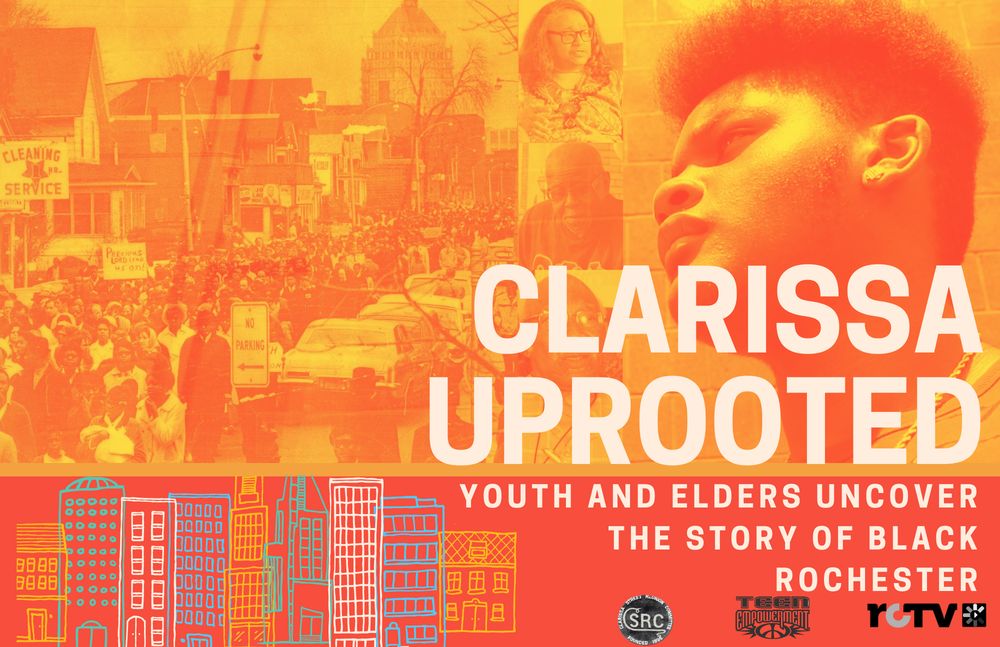2020 Five to Revive
Williams Opera House
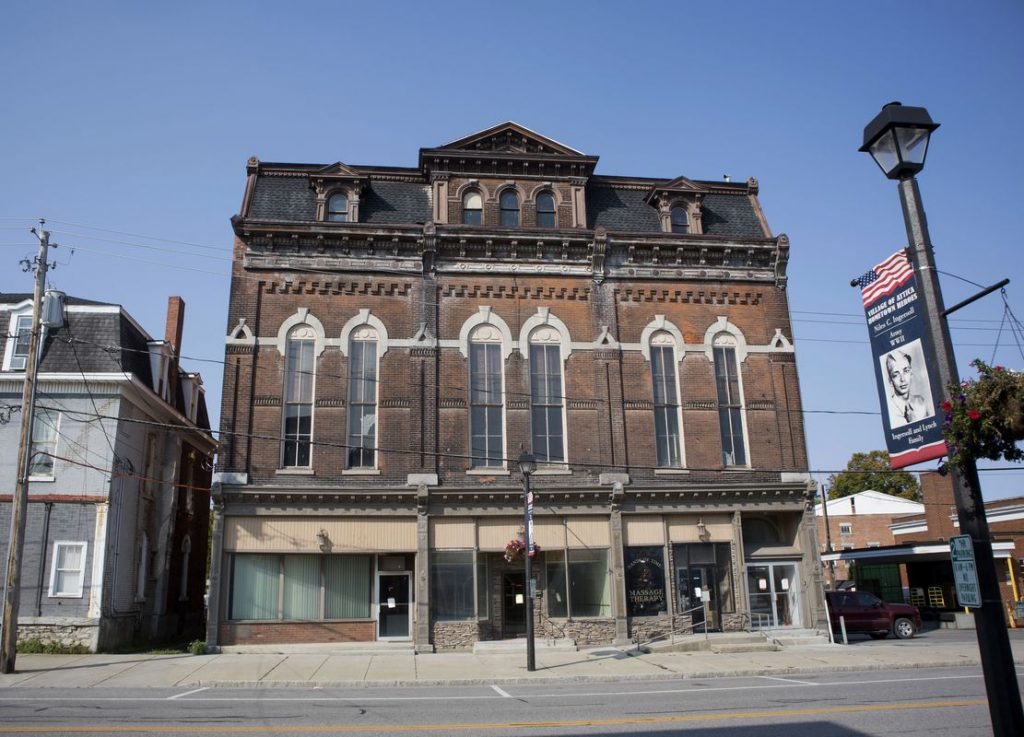
Village of Attica, Wyoming County
Built in 1879, the former Williams Opera House is a distinctive example of the Romanesque style. Located in the Exchange Street Historic District, it is one of the largest and most impressive buildings in Attica’s downtown commercial core. The building has had several uses over the years; most recently it was used as a racquetball court, resulting in the complete enclosure of the historic, two-story opera hall space. Plans for a re-imagined Opera House, prompted by a new owner in 2018, were delayed when the building suffered a partial collapse of its rear wall during a windstorm in early 2020. Today, the building has been stabilized but requires additional structural investigation as well as an extensive rehabilitation. With several successful historic tax credit projects completed in downtown Attica and a motivated owner, there is still potential to revive this community icon.
692 Joseph Avenue
Future home of the Joseph Avenue Arts & Culture Alliance / Former Congregation B’Nai Israel
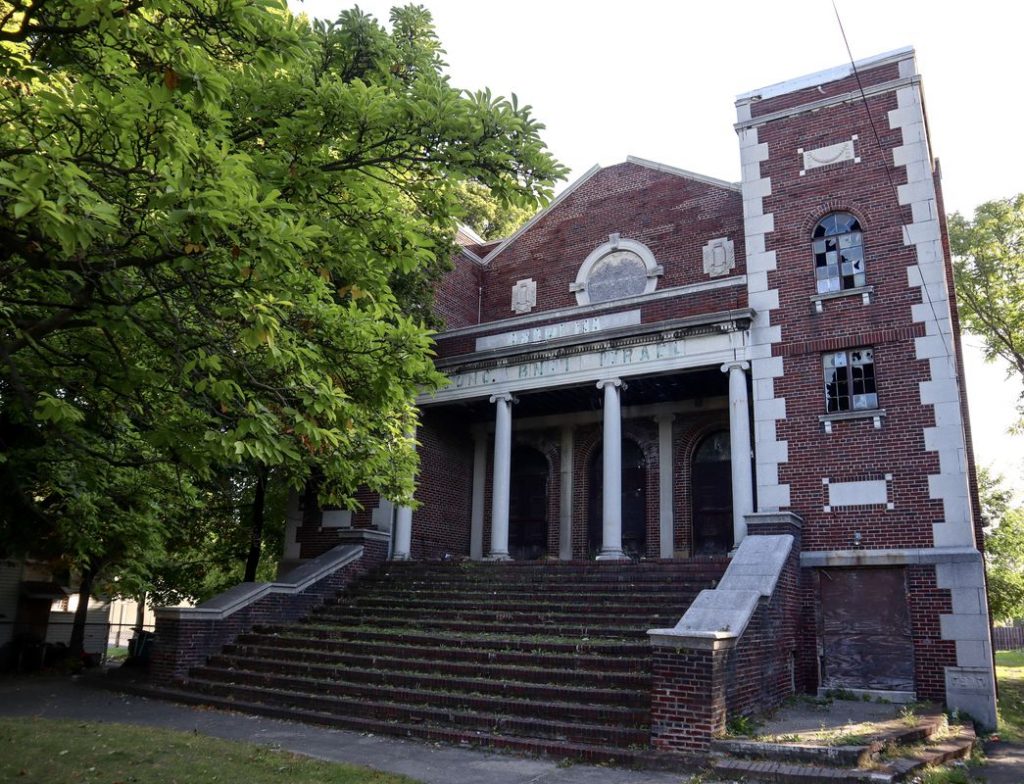
City of Rochester, Monroe County
Located in Rochester’s northeast quadrant, 692 Joseph Avenue was built in 1928 as the Congregation B’Nai Israel synagogue. The congregation left the building in 1961 and it has been vacant since. The Joseph Avenue Arts and Culture Alliance acquired the property in 2015, with plans to convert the former synagogue into a state-of-the-art Center for Performing and Visual Arts, providing free, equitable, and accessible world-class arts programming and educational events. The Arts and Culture Alliance has been actively fundraising and successfully providing quality arts programming to the community for years. However, the organization still faces significant (and mounting) rehabilitation expenses, especially during an economic crisis.
67-89 Canal Street
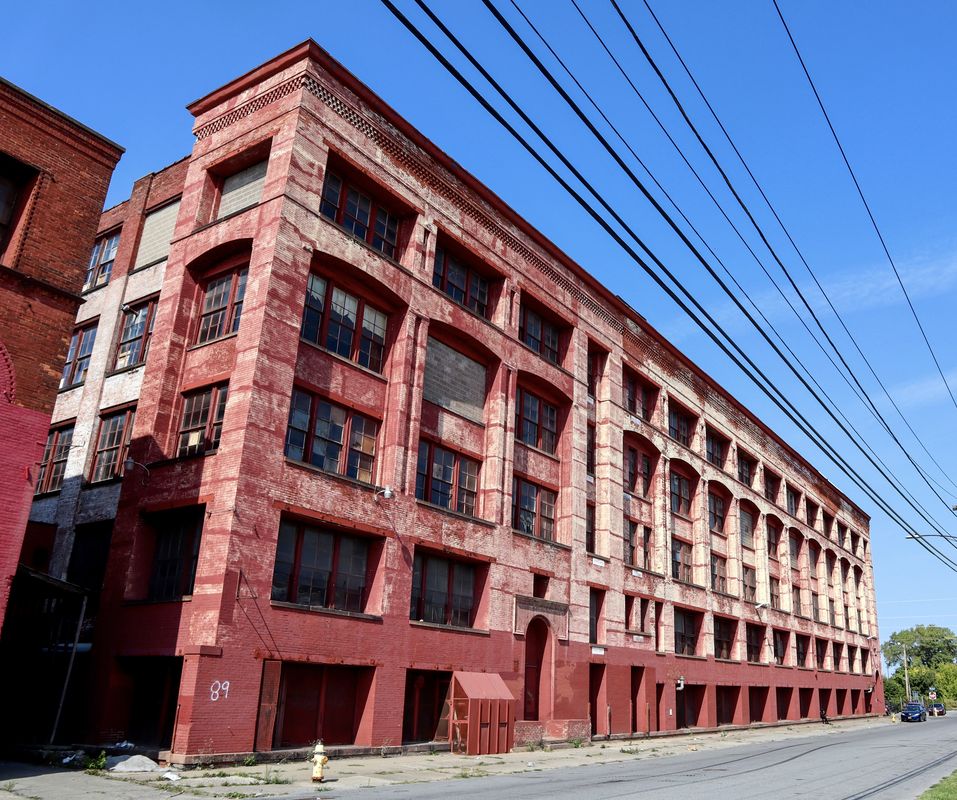
City of Rochester, Monroe County
This large, brick industrial building in the Susan B. Anthony Neighborhood was built in two stages—in the late 19th century for the James Cunningham & Son Company and between 1900-10 to house a shoe manufacturing facility. With open floor plans, large windows, its location adjacent to Main Street and downtown, and its listing in the National Register of Historic Places, this property is an ideal candidate for adaptive reuse. Other former industrial buildings in the neighborhood have been converted to new uses, such as the Carriage Factory Apartments, which provides affordable housing and supportive services for income-eligible tenants. East House and MM Development Advisors are currently partnering on a proposed redevelopment project that would adapt the building into a mix of supportive and affordable housing units and tackle needed environmental remediation. The success of such a large-scale project requires, however, significant financial investment, particularly challenging during difficult economic times.
Clarissa Street Corridor

City of Rochester, Monroe County
Located in Rochester’s Third Ward neighborhood (today known as Corn Hill), Clarissa Street has long been a focal point of African American culture and history. As early as the 1830s, Reverend Thomas James established the A.M.E. Zion Church in the Third Ward, a building that would become a stop on the Underground Railroad and where, in 1847, Frederick Douglass would publish the first editions of his abolitionist newspaper, The North Star. In the 1970s, A.M.E. Zion relocated to Clarissa Street. In 1922 the African American YWCA was founded at 192 Clarissa Street.
By the mid-20th century, as a result of the Great Migration, the African American population in Rochester had more than tripled. Racist housing policies such as red-lining confined most Black residents to one of two neighborhoods—the Third or Seventh Wards. This led to overcrowding, concentrated poverty, and sub-standard housing conditions in the Third Ward.
At the same time, Clarissa Street became a hub of commercial activity for the neighborhood. As elder resident, Howard Griffin, recounts in Clarissa Uprooted, a documentary produced in 2020 by Teen Empowerment and the Clarissa Street Reunion Committee, “You really didn’t have to go downtown to shop for anything. Everything you needed was in the neighborhood.” The corridor functioned as a self-contained village with restaurants, grocery stores, barber shops, jazz clubs, and a family-like sense of community. By the 1950s, Clarissa Street had also become a center of Rochester’s vibrant jazz scene. Clubs like the Pythodd (1953-1973) and Shep’s Paradise (1968-2002) became iconic gathering spaces. In Clarissa Uprooted, historian Dr. David Anderson explains that, “Clarissa Street is the foundation of Afro Rochester.”
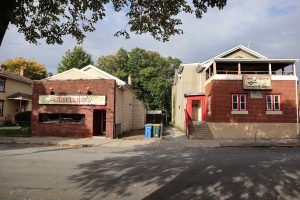 In the decade following the July 1964 uprising, however, government-sponsored urban renewal cleared large swaths of the Third Ward, decimating much of Clarissa Street. The Pythodd Club was demolished in the 1970s. Today, the streetscape along Clarissa bears almost no resemblance to the once-thriving corridor that held a vibrant community of businesses and residents. The site of the Pythodd Club at the corner Clarissa and Troup St remains a parking lot. The former home of Shep’s Paradise is one of only two commercial buildings that remain standing.
In the decade following the July 1964 uprising, however, government-sponsored urban renewal cleared large swaths of the Third Ward, decimating much of Clarissa Street. The Pythodd Club was demolished in the 1970s. Today, the streetscape along Clarissa bears almost no resemblance to the once-thriving corridor that held a vibrant community of businesses and residents. The site of the Pythodd Club at the corner Clarissa and Troup St remains a parking lot. The former home of Shep’s Paradise is one of only two commercial buildings that remain standing.
But current and former residents—elders who experienced Clarissa Street and the jazz scene in their mid-century heyday—have been working to revive the corridor and preserve its stories. The Clarissa Street Reunion Committee has organized the annual Clarissa Street Reunion since 1996. This past year, they teamed up with Youth History Ambassadors from Teen Empowerment to produce the documentary, Clarissa Uprooted, that tells the story of this corridor’s cultural legacy.
With this listing, we support the ongoing work of the Clarissa Street Reunion Committee and Teen Empowerment as they share Clarissa Street’s past and chart a course for its future.
The Neighborhood Hardware Store
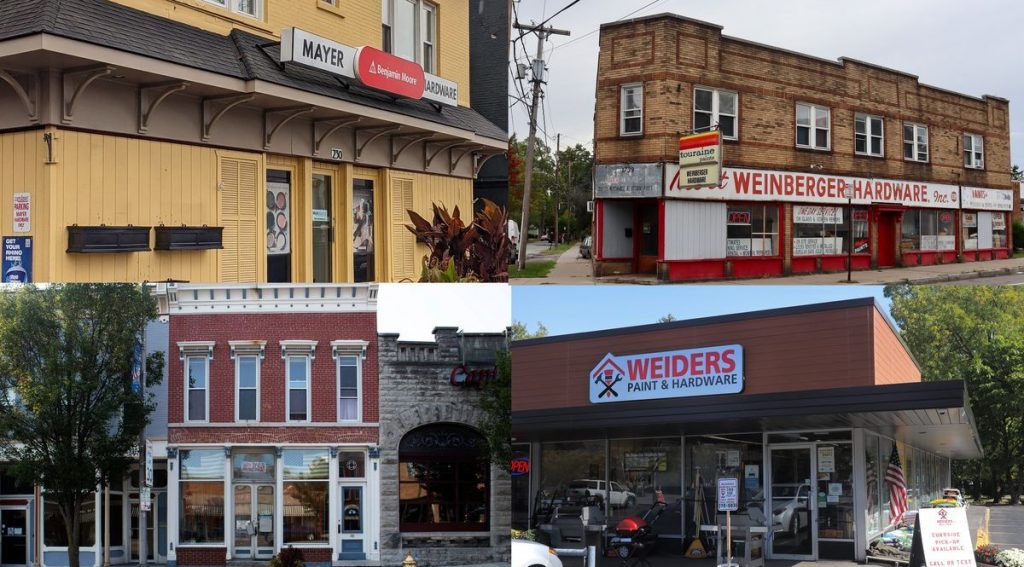
Throughout the region
It’s where you go for your old-house DIY supplies, an obscure refrigerator part, or a friendly bit of advice. The neighborhood hardware store provides more than just hammers and nails or paint chips and dropcloths; it’s a resource for homeowners, weekend warriors, and contractors alike. Knowledgeable, attentive, and helpful staff are on-hand to find you just the right nail or to help walk you through your DIY project. Like the neighborhood bakery, coffee shop, or butcher, the small, locally owned hardware store distinguishes itself from the big box stores with its customer service and personalized care for you, the customer. Whether located in an urban neighborhood or rural village, the local hardware store is a convenient, easy to access, part of the urban fabric.
Unfortunately, like other locally owned businesses, the neighborhood hardware store has become an increasingly rare resource. Stiff competition from corporate-owned stores has forced many out of business. Demographic and cultural shifts back to urban cores and reinvestment in rural villages could help reverse this trend. With this listing, we seek to highlight the locally-owned, often family-run, neighborhood hardware stores that continue to provide quality service to our western New York communities and to encourage historic homeowners to shop local.


